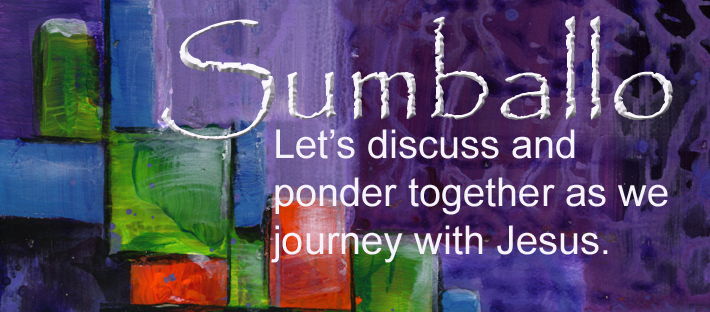
For being a romance, the first chapter of Ruth is pretty depressing. We walk with a family hit with famine, moving to a foreign country to survive. Then the men of the family die, leaving the women alone and destitute.
We see Naomi return home in defeat, angry with God for her losses. A fog of despair and bitterness settles over that first chapter.
But the last verse gives us a hint of the coming victory, for Naomi and Ruth return to Bethlehem during the barley harvest.
If you were to underline every reference to harvest in the second chapter, you’d have a long list. Here are a few examples:
"’Let me go to the fields and pick up the leftover grain…’”[1]
“So she went out and began to glean in the fields behind the harvesters.”[2]
“She found herself working in a field…”[3]
“Boaz arrived from Bethlehem and greeted the harvesters.”[4]
There are lots more. Go find them when you’re done reading this. The author of Ruth eases us out of the depression of chapter 1, preparing us for the victory of chapter 4, by using harvest imagery.
Where Bethlehem (which means, “city of bread”) had once suffered a famine - a shortage of grain - now it is erupting in abundant harvest. Not only is there a plentiful crop for the harvesters to bring in, there is enough left over for a foreigner like Ruth.
The craft of writing ushers in the author’s purpose, which in Ruth is to reveal God’s nature of restoration
Word choices and imagery are a key part of strong writing. This is where the Michelangelo principle helps. First be clear on your “angel in the marble” and then choose the tools for intricate carving.














![[bzrzvec.jpg]](https://blogger.googleusercontent.com/img/b/R29vZ2xl/AVvXsEhPfGK2ZswVhbDSxYZtHnwD38RHsuspM_4Al05ojNaMmr9vpaAHea7rNYzt2HLRptMEYIGhO2DNLJKeEFWH5pb7QFePF-XF8oShx8rJ5f1cyG7ZVqT3bVwK7Vb3UEH9t-0GoVmB-QdqDYU/s1600/bzrzvec.jpg)





1 comment:
I love the book of Ruth. I think it's my favorite Bible story. You brought out a few things I hadn't thought about. Thanks for all your writing tips, dear friend!
Post a Comment